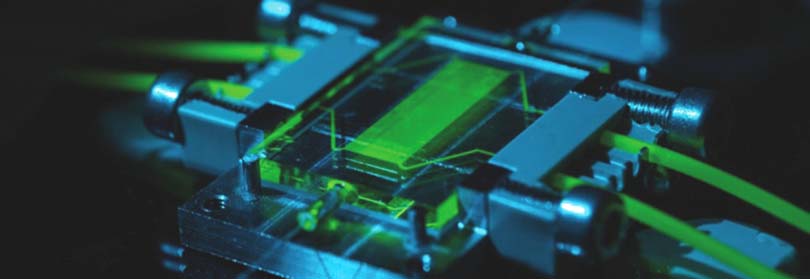PhD Defense of Namanu PANAYANTHATTA
Published on February 25, 2022
A+Augmenter la taille du texteA-Réduire la taille du texteImprimer le documentEnvoyer cette page par mail
Defense of doctoral thesis of Namanu PANAYANTHATTA for the University Grenoble Alpes, speciality " NANO ELECTRONIC & NANO TECHNOLOGIES ", entitled:
Amphitheater M001 / PHELMA
73 Rue Félix Esclangon, 38000 Grenoble
Lead-free Piezoelectric Microgenerator for Energy Autonomous Wireless Sensors
A+Augmenter la taille du texteA-Réduire la taille du texteImprimer le documentEnvoyer cette page par mail
Partenaires
Thesis prepared in the laboratory IMEP-LaHC (Institut de Microélectronique, Electromagnétisme et Photonique - Laboratoire d'Hyperfréquences et de Caractérisation) supervised by BANO Edwige .
Date of update March 9, 2022
Our sites
eServices
 Connexion
Connexion Connexion
Connexion






